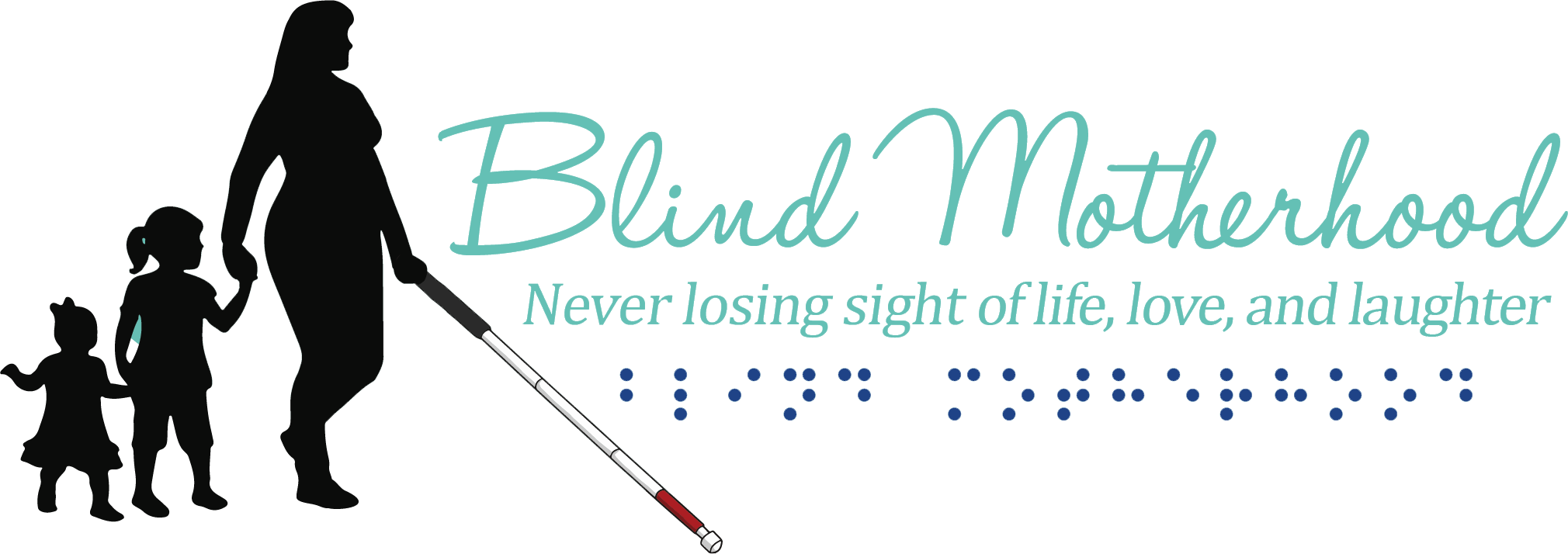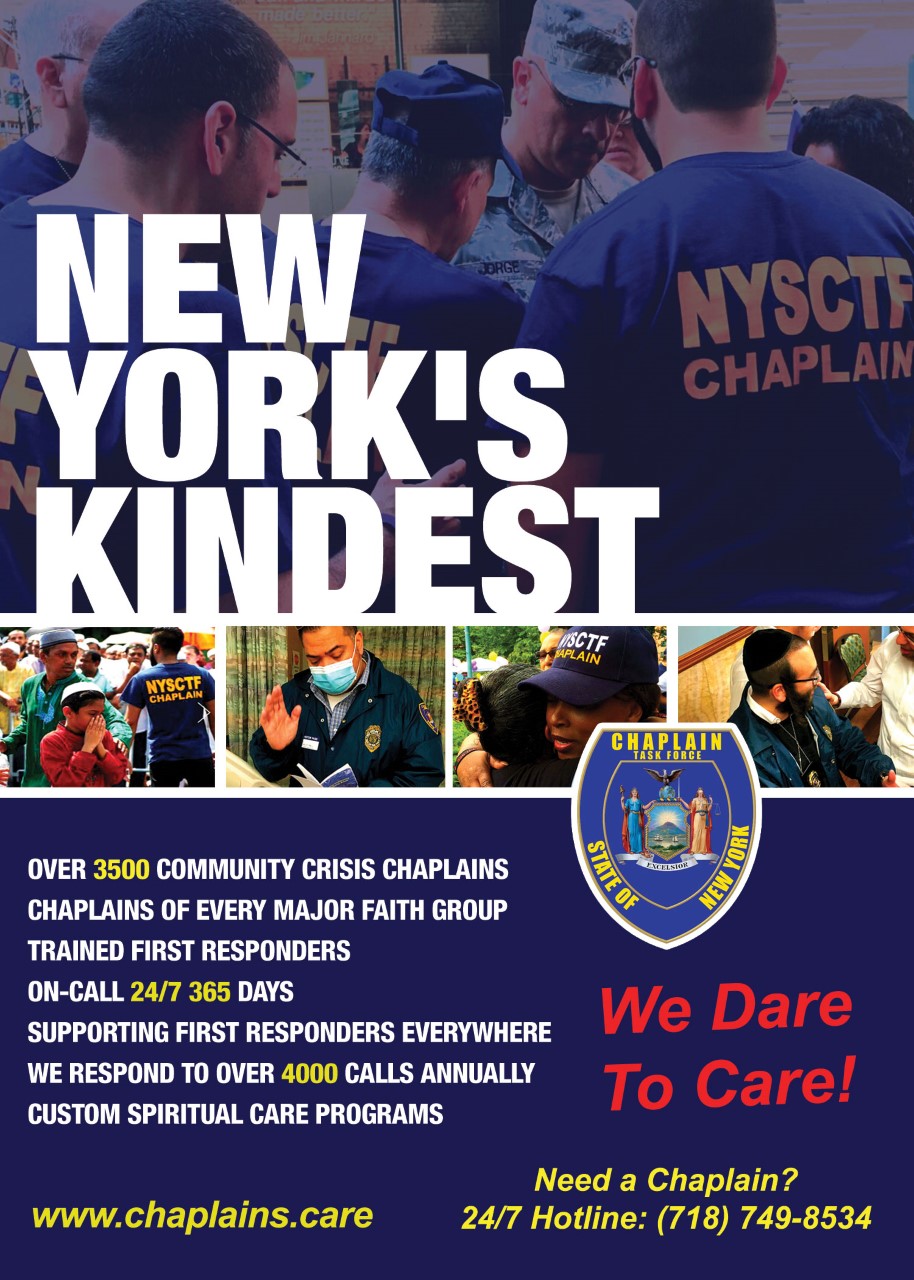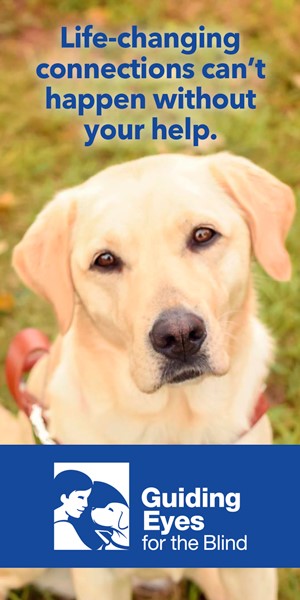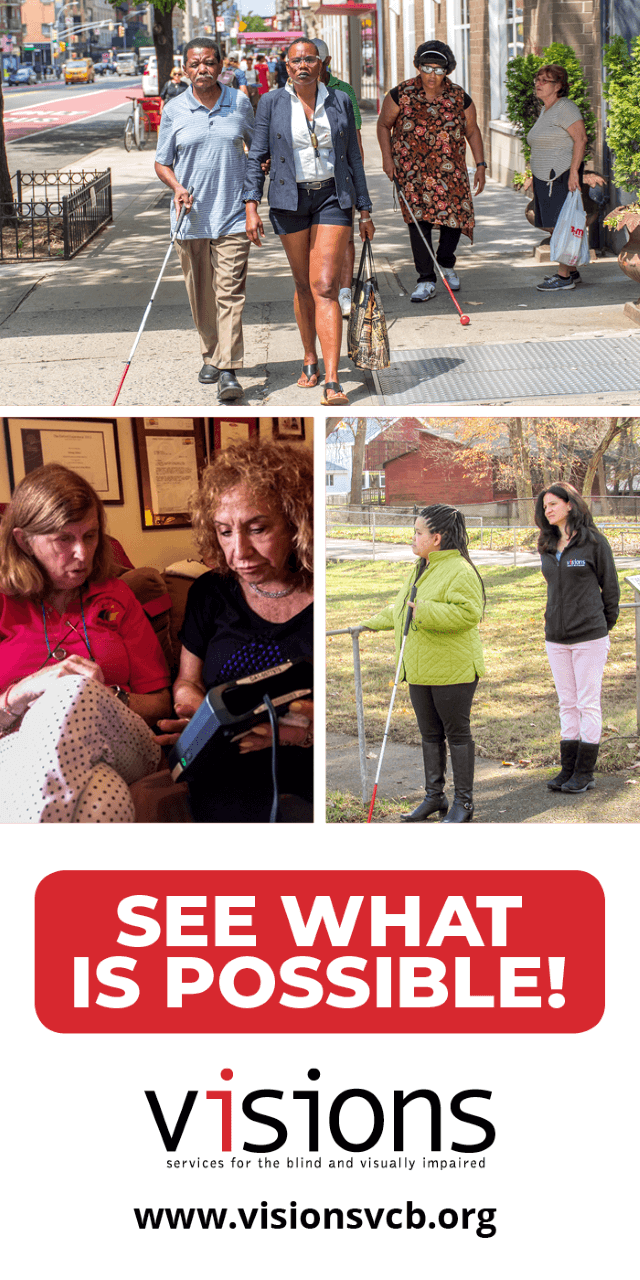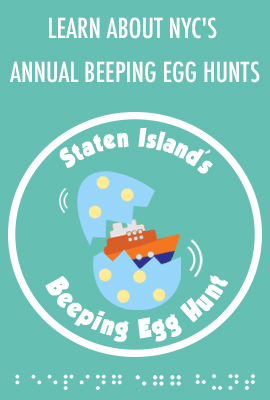I’ll never forget that feeling almost 5 years ago. I had been assigned an Orientation & Mobility (O&M) instructor from what was then called the Jewish Guild for the Blind. My instructor, Carol, arrived at my home for my initial consultation. I had been blind less than three weeks. We sat in my kitchen talking about how I had suddenly lost my eye sight. I heard the sound of a backpack unzipping and then plastic being unwrapped. “I have your cane here,” Carol said. But I didn’t want a cane. I didn’t want this aluminum contraption. Carol grabbed my hand, and placed the cold metal into my palm. “This” she said, “this white cane will give you back your independence.”
Cane Resistance
Poor Carol didn’t realize what she was in for. I had still not accepted my vision loss. I was angry and bitter towards my new disability and quite frankly, to anyone who was around me. Admittedly, I was hard to motivate and this poor woman was stuck with me three times a week, one hour each day.
Carol started off slow, showing me how to use the cane around my home, eventually venturing outside to do street work. Through our sessions and by developing a mutual respect for one another, Carol got me to the point where I could cross the street alone. I was able to find the mailbox that was so conveniently located on the corner of my block. We even hit the mall and learned the art of escalator and elevator work. Before I knew it, that cold, metal, collapsible cane had become an extension of my arm. It was a part of me, just like my blindness. Even in darkness, I had found my independence once again.
What is White Cane Day?
In July 1963, attendees at the National Federation of the Blind’s convention challenged Governors in all 50 states to declare October 15th White Cane Safety Day. On October 6, 1964, Congress signed H.R. 753, granting permission for President Lyndon B. Johnson to sign this momentous day into law.
Since then, the international community observes White Cane Day every October. It’s a time for reflection, a moment to honor the achievements of those members in the blind and visually impaired community who have paved the way before us. It’s also a day where the world acknowledges the white cane as an important mobility tool and symbol of independence for those living with visual impairments.
In his proclamation, President Johnson said,
“I urge civic and service organizations, schools, public bodies, and the media of public information to join in this observance with appropriate activities designed to promote continuing awareness of the significance of the white cane to blind persons.
I call upon all our citizens to make every effort to promote the safety and welfare of our blind persons on the streets and highways, and thereby to contribute to their independence of spirit and their capability for self-management.”
Learning the Laws
Many blind people believe that every state’s White Cane Laws requires all drivers must stop for and/or yield to any pedestrian utilizing a white cane. Sadly, this is simply not true. Laws for using the White Cane vary from state to state and many drivers are ignorant of the purpose of cane travel.
Some states require drivers to yield. Others ask drivers to come to a complete stop. Certain states only ask drivers to exercise caution when encountering a blind individual using a cane. Others still have absolutely no special rights at all for pedestrians utilizing cane travel.
Your best defense is education! The American Council for the Blind provides an excellent resource of current laws, broken down by state jurisdiction. The organization also provides an online copy of the Pedestrian Safety Handbook on it’s website. I encourage you to review these resources and learn the laws for your area.

Canes & Guide Dogs
Prior to getting my guide dog, Frances, in September of 2016, I traveled independently solely utilizing my white cane. Now that I have been matched with my four-legged partner, I tend to implement both options depending on the circumstances. For example, in a torrential downpour, I won’t take Frances with me to the doctor. I will, however, grab my cane.
Cane travel is a skill. It takes months to master. That is why most people who lose their eyesight, and those who are deemed legally blind, are provided Orientation & Mobility (O&M) training with a certified instructor. Keep all of your options open, even if you are a guide dog owner. Never let your cane skills get too rusty. Feel the metal in your hand every once in a while and make that swiping motion across the pavement.
Blind Mom Unashamed
When I took the first set of pictures to utilize on Blind Motherhood, I asked my photographer, Amanda Marie Artistry, to include several shots incorporating my cane. This was not some public relations/ marketing stunt for my website. Incorporating my cane was a conscious choice because it was very much a part of my parenting journey.
Some of my sighted friends were genuinely appalled to see my two daughters standing beside me, with my cane in hand.“Why would you put that on display,” someone asked me. The answer to that question is simple, “because it’s part of who I am.”
I am a wife.
I am a mother.
I am a social worker.
I am a blogger.
I am blind woman who is not ashamed to wield a cane to assert my independence.
Yes, it took a period of adjustment to get to that point for me. However, someday when my daughters look back on photos of their mother holding her cane, I want them to remember of all the happiness we’ve had at every stage of their lives. I want them to know I was no different from any other parent.
I just happen to have – what I consider to be – better accessories!
For those reading this blog and currently using a white cane – Go Forth and Conquer!
Never forget those who have come before us and use every day as the opportunity to educate the world about living with a visual impairment. Happy White Cane Day to all!
